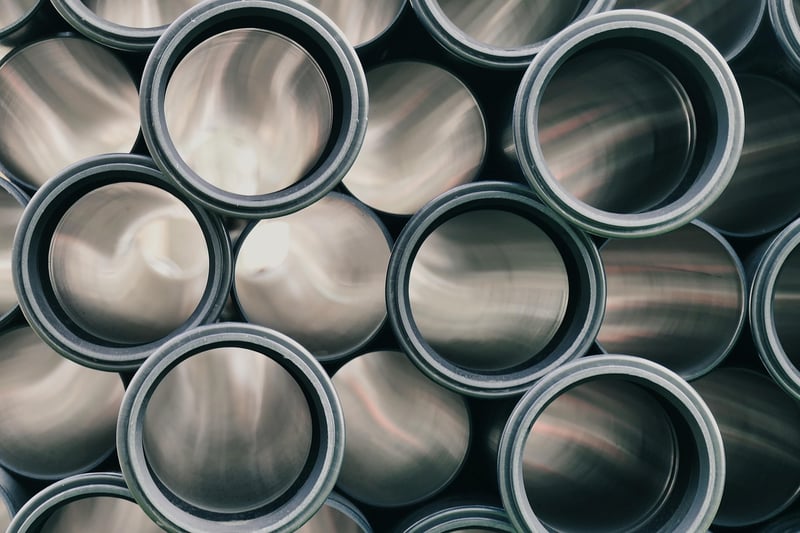Aquaponics Systems
Growing Food in Urban Settings with Aquaponics Systems
Urban farming has become increasingly popular as people seek sustainable ways to grow their own food in limited spaces. One innovative method that has gained traction is aquaponics, a system that combines aquaculture (fish farming) with hydroponics (soilless plant culture). This article explores how aquaponics systems can enable urban dwellers to produce fresh vegetables and fish right in their own homes or communities.
The Benefits of Aquaponics in Urban Environments
Aquaponics offers several advantages for urban food production:
- Space Efficiency: Aquaponics systems are compact and can be set up vertically, making them ideal for urban environments with limited space.
- Water Conservation: The closed-loop system of aquaponics uses significantly less water than traditional soil-based agriculture.
- Organic and Sustainable: Aquaponics relies on natural processes to maintain plant and fish health, reducing the need for artificial fertilizers and pesticides.
- Year-Round Production: With controlled indoor environments, aquaponics allows for year-round food production regardless of external weather conditions.
How Aquaponics Works
In an aquaponics system, fish waste provides nutrients for plants, and the plants filter the water, creating a symbiotic relationship between the two. Key components of an aquaponics setup include:
- Fish Tank: Fish such as tilapia or trout are raised in the tank, and their waste-rich water is circulated to the grow beds.
- Grow Beds: Plants grow in the grow beds filled with a soilless medium like clay pellets, where they absorb the nutrients from the fish waste.
- Water Pump: A pump circulates the water from the fish tank to the grow beds and back again, ensuring a continuous flow of nutrients.
- Microorganisms: Beneficial bacteria convert fish waste into nutrients that plants can absorb, completing the nitrogen cycle.
Getting Started with Aquaponics
If you're interested in setting up an aquaponics system in your urban space, consider the following steps:
- Research: Learn about the requirements of aquaponics and the specific needs of the fish and plants you want to grow.
- Set Up: Design and build your aquaponics system, ensuring proper balance between fish, plants, and bacteria.
- Start Small: Begin with a small-scale system to gain experience before scaling up your operation.
- Maintain: Monitor water quality, feed the fish appropriately, and ensure plants receive enough light and nutrients.
Embark on your urban farming journey with aquaponics and enjoy the fresh produce and fish that you can harvest right at home!

For more information on aquaponics systems and urban farming, visit Aquaponics.com.
